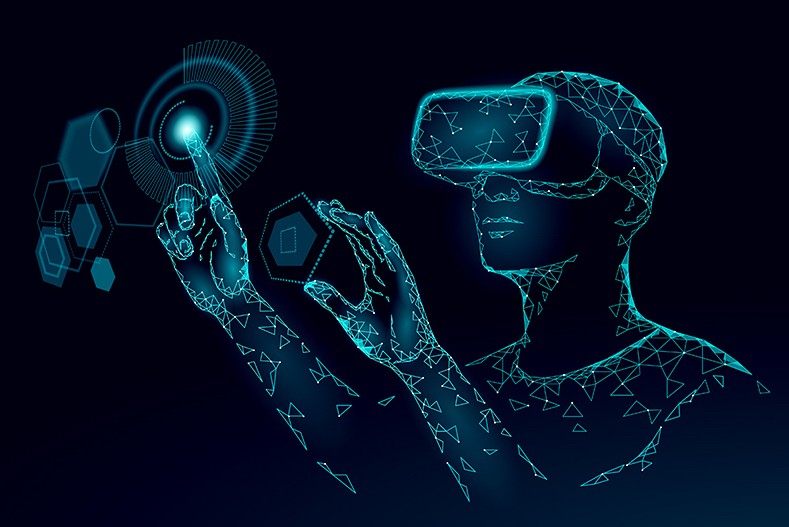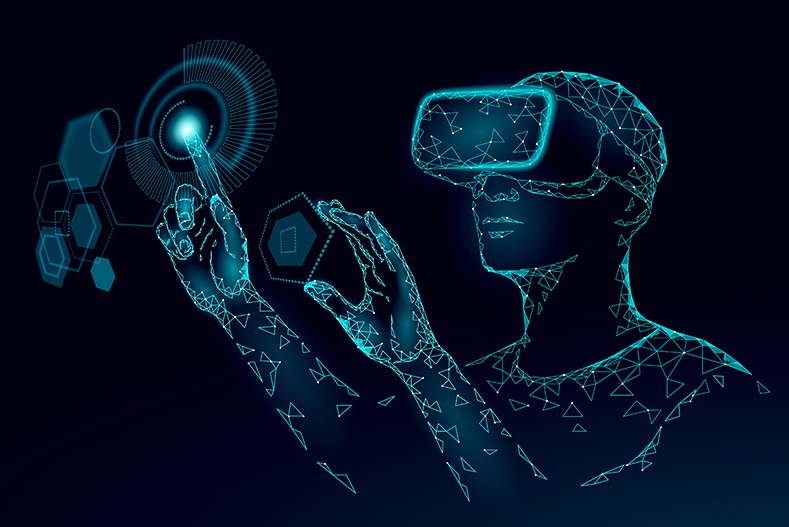Construction of Identity in a Digital World: Shaping the Self in the Virtual Realm

Introduction
In an increasingly digital world, our identities are no longer confined to the physical realm; they have extended into the vast landscape of the internet. Identity construction in a digital world is a complex and ever-evolving process shaped by our interactions, choices, and the platforms we engage with. This blog post delves into how digital technology has transformed how we perceive and craft our identities, exploring the implications, opportunities, and challenges it presents.
The Digital Persona: A New Frontier
The digital world offers us the opportunity to create and curate multiple personas. These digital personas may align with or diverge from our offline selves, presenting us with new ways to express our identities. Social media profiles, online avatars, and pseudonyms contribute to this rich tapestry of digital identities, offering individuals a canvas to project different aspects of themselves.
- Identity Exploration: In the digital realm, individuals can explore various facets of their identities without the constraints of the physical world. They can experiment with different interests, beliefs, and expressions, allowing personal growth and self-discovery.
- Digital Avatars: Virtual spaces and online gaming have popularized the use of avatars вАУ digital representations of users. These avatars can be customized to reflect an idealized version of oneself or even adopt entirely different personas, offering freedom and creativity in identity expression.
The Perils of Anonymity
While the internet provides a platform for identity exploration, it also harbours the anonymity that can lead to toxicity and deceit. Anonymity allows individuals to behave in ways they might not in the physical world, leading to online harassment, trolling, and even spreading false information.
- Online Harassment: The ability to hide behind a screen name can embolden some to engage in cyberbullying or harassment, causing actual harm to others and making online spaces less safe.
- Disinformation: False identities and pseudonyms make it easier to spread disinformation, contributing to the erosion of trust in online spaces and beyond.
- Impersonation: The ease of creating fake profiles makes it possible for individuals to impersonate others, leading to identity theft and reputational damage.
Digital Identity in the Professional Sphere
The digital world has also transformed how we present ourselves professionally. LinkedIn profiles, personal websites, and professional social networks like Twitter allow individuals to build their brand and share their expertise.
- Personal Branding: Many professionals have cultivated personal brands through consistent online presence and sharing their expertise. This has opened up new opportunities for networking, job hunting, and thought leadership.
- Cybersecurity and Privacy: However, sharing personal information online raises concerns about data security and privacy. It is essential to balance the benefits of professional identity building with safeguarding one’s personal information.
Conclusion
The construction of identity in a digital world is a multi-faceted process with both advantages and challenges. It provides a space for exploration and self-expression, allows for the creation of multiple personas, and facilitates professional identity building. However, it also carries the risks of anonymity, online harassment, and the spread of disinformation.
As we navigate the digital landscape, it is crucial to be mindful of the choices we make when it comes to digital identity. We must strike a balance between authenticity and the personas we create, be responsible digital citizens, and consider the ethical implications of our actions online.
In this dynamic digital age, our identities evolve, shaped by online interactions and the platforms we engage with. Embracing the opportunities and challenges presented by the digital realm, we can construct identities that are meaningful, authentic, and reflective of the multidimensional individuals we are in both the physical and virtual worlds.

